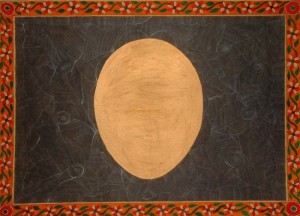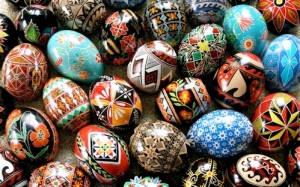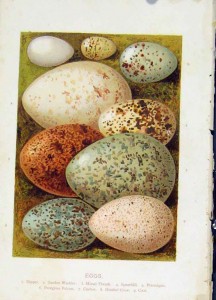Zero is such a familiar concept that it seems like it’s been with us forever. Not so! Letters were used as numbers in many ancient cultures, most notably, in ancient Rome. The premise was relatively simple; only 7 letters were used for all the known numbers in the Roman system. And the Roman numerals far outlasted their inventors. They were commonly used in Europe, along with the abacus, well into the 13th century.
The concept of zero made its appearance in several other times and places before it appeared in its most recognized birthplace, India. It took many centuries for the notion of “nothing” or “the void” to take hold in the West. Eastern cultures seem to be much more comfortable with it. For example in Hindu philosophy, the teachings of the Buddha introduced the concept of the void. Many Eastern creation stories feature the “cosmic egg” which contains next to nothing and everything at the same time.
So, it’s easy to see why, because of basic philosophical differences, zero may have met with some resistance in the West. But for purely practical reasons, when ever-increasing commerce and trade demanded a new system of counting, it was accepted and adapted. The first name given to zero in India was “sunya” meaning the void. In Arabic, zero was known as “sifr” which means empty.
The Italian mathematician Fibonacci who grew up in North Africa and is credited with introducing the Arabic numbers and decimal system to Europe, used the term “zephyrum” meaning west wind. This became “zefiro” in Italian, shortened to “zero” in Venetian. In India, a heavy black dot was used to represent zero in written calculation. When a medieval scribe questioned how to write zero, he was advised to draw a hole to represent the concept of nothing. Hence our modern zero! Here’s a lovely version woven by Eva the Weaver:
Many offshoots followed. Words derived from “sifr” and “zephyrus” referred to number and calculation itself. For example, the French “chiffre” meant digit, figure, or number. The word “arithmetic” came from the Greek word for number, “arithmos” and the word “algorithmic” is a derivative of the name Al Khwarizmi, a Persian encyclopedist who is perhaps the most significant contributor to modern mathematics.
Zero has taken on many other names since it’s adoption by the West: null, naught, aught, void, cipher, nix, zilch, zip, zippo. And bringing it all back to the beginning, the cosmic egg, “goose egg” is another term for zero. So, next time you’re balancing your checkbook or making a grocery list with a column of numbers, remember zero’s beginnings and the fact that it hasn’t been with us here in the West for very long. Finally, from Albert Einstein, a little something about delving into the void, “I believe ninety-nine times and I find nothing, I leave thinking, diving into deep silence – and behold, the truth is revealed to me.”

















